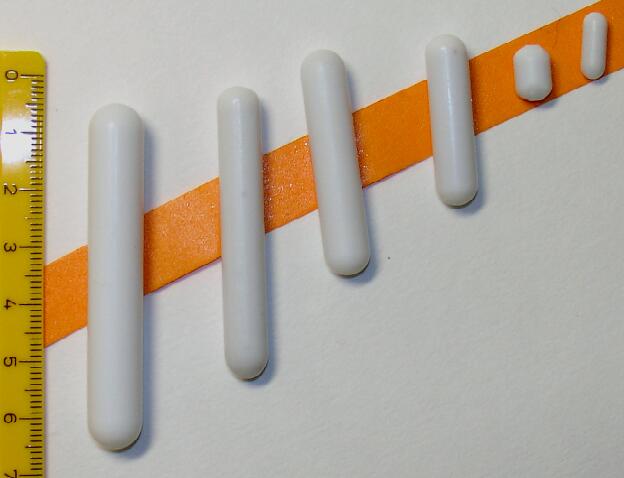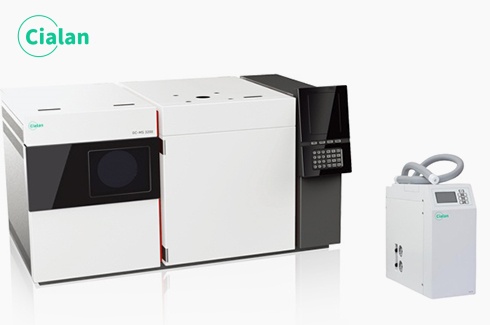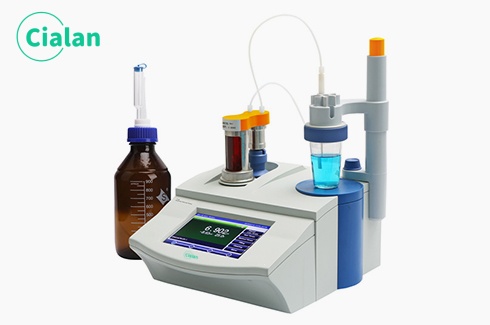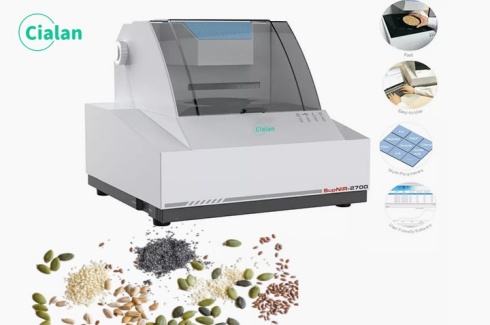How to choose a suitable magnet while using magnetic stirrer?
Simple description.
The appropriate type of magnet should be selected for the mixing process, depending on the sample volume and viscosity.

Types and usages of stirrer are commonly available on the market.
The appropriate type of magnet should be selected for the mixing process, depending on the sample volume and viscosity.

Types and usages of stirrer are commonly available on the market.
| Types | Usage area | Image |
| Strong magnetic type | Stronger magnetism provides stronger torque, suitable for large volume containers or high graduated cylinders, non-fading magnetism, suitable for high temperature applications and stirring of highly viscous liquids, soil samples, etc. |  |
| Cylindrical type | Wide range of applications, universal for all types of flat-bottomed containers. |  |
| Pivot type | Effective for centering and smooth rotation, built-in removable pivot to reduce oscillation and wear. Used for containers with uneven or curved bottoms. |  |
| Oval type | For use in round-bottomed flasks, or in plastic containers to reduce wear and tear. |  |
| Crown type | For tall, narrow containers such as colorimetric tubes or test tubes. |  |
| Cruciform type | Quieter and more stable at high speeds, the cruciform shape creates a deeper vortex to ensure fast and efficient mixing. Low speeds ensure efficiency for biological applications. Effectively stirs deposits and air bubbles at the bottom of the container. |  |
| Bone type | Provides stronger turbulence at low speeds, reduces surface contact, excellent axial rotation, especially suitable for containers with convex bottoms. Bone discs at both ends provide stable and efficient mixing. |  |
| Beaker type | Suitable for low speed mixing for cell/tissue culture, no shear effect on the bottom of the beaker, smooth operation even when the vessel bottom is uneven, peripheral baffle enhances the mixing. |  |
| Triangle type | For mixing difficult to dissolve samples and avoiding residue deposition at the bottom. Provides strong turbulence at low speeds, ideal for dissolving solids and mixing sediments. |  |









